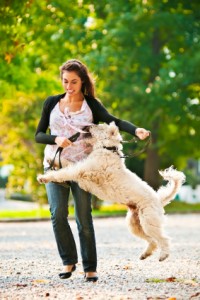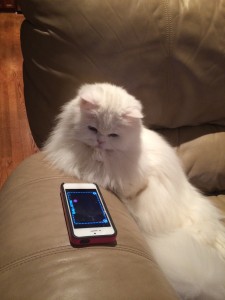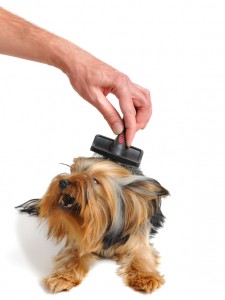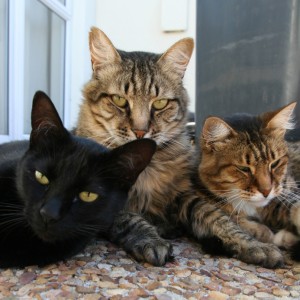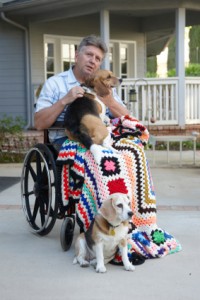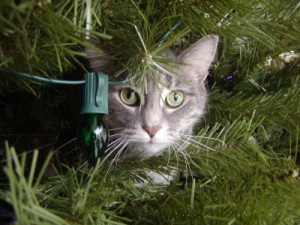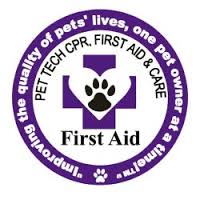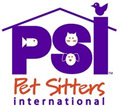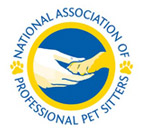Why do dogs jump up on people? If it is a visitor, they are curious and want to smell who has come into their space. If it is their owner, they are excited and want to greet you.
As pack leader of your household, you will need to consistently check your dog, moving them away from guests into a sitting position until the dog calms down . Using a leash reinforces not being able to jump-up by controlling their movement.
“As humans, the strongest scents we project comes from our genital areas and from our mouths. We’ve all had the experience of a less-than-well-mannered dog sniffing our crotch areas – though within the dog world, sniffing genitals is good manners! Since we tend to cover our genital areas with clothes, the next strongest scent for a dog to check out is coming from our mouths…. this will make dogs want to jump up to get closer to our faces and find out what’s going on there, ” Cesar Millan.
Make sure that the consequence of your dog sitting down is that you come over and praise them, giving affection. Conversely, the consequence of your dog coming over and jumping up is that you move away and ignore them.
1. With Visitors:
Management behavior training: putting your dog on a leash every time there is a visitor so that you control their ability to jump up. They can’t practice this bad behavior, so they learn that if they sit, the person will still come over and give them attention.
Turning your back and greet them when they calm down.
Let the dog say hello for 3-5 seconds, then gently pull them back and reward calmly with a treat.
Good behavior equals saying hello to guest, bad behavior equals moving away from a guest.
It may take 4-6 weeks of consistently repeating this controlled greeting.
2. With owner:
Alternate behavior training: When you see that your dog is ready to launch up at you, turn your body away from him, stand straight and do not look at him. Then, give him something else to do with a command of: “Sit.” This is asserting dog obedience, leader of the pack behavior on your part. At the very least, it deflects him off you. During this process don’t make any eye contact with your dog and don’t say a thing. Ignore your dog and make it clear to him that when he jumps he gets nothing from you.
When your dog has settled down and stops jumping, you then initiate contact with him. Get down to his level and lavish him with praise and back scratch. If you are consistent, your dog will learn the new behavior.
It will take frequent practice to perfect the proper greeting routine, and may require you to leave through one door ( back or garage doors) and return through the front door over and over again.
